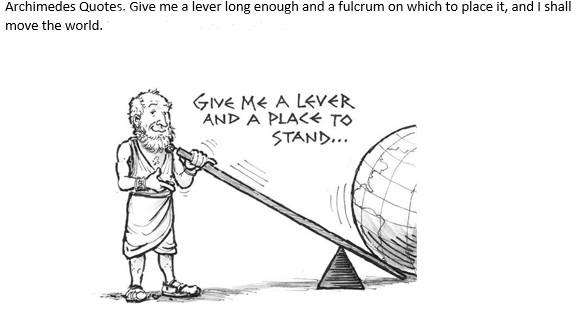To Boldly Go- Viking 1 Enters Mars Orbit
June 19, 1976: Viking 1 Enters Mars Orbit
The Viking 1 spacecraft enters into orbit around the planet Mars 10 months after being launched from Earth. Viking 1 would become the first US spacecraft to land on Mars and the first spacecraft overall to successfully soft land and perform a mission on Mars.

Replica of the Viking 1 lander in the National Air and Space Museum, Smithsonian Institute, Washington DC
Launched aboard a Titan IIIE rocket August 20, 1975, Viking 1 arrived at Mars on June 19, 1976. The first month was spent in orbit around the martian planet and on July 20, 1976, Viking Lander 1 separated from the Orbiter and touched down at Chryse Planitia.
Viking 1 was the first of two spacecraft (along with Viking 2) sent to Mars as part of NASA’s Viking program. It was the first spacecraft to successfully land on Mars and perform its mission, and held the record for the longest Mars surface mission of 6 years and 116 days or 1775 sols (from landing until surface mission termination, Earth time) until that record was broken by the Opportunity Rover on May 19, 2010.

This color picture of Mars was taken July 21, 1976 the day following Viking l’s successful landing on the planet. The local time on Mars is approximately noon
The Viking 1 Orbiter was inserted into Mars orbit on June 19, 1976 and trimmed to a 1513 x 33,000 km, 24.66 h site certification orbit on June 21. Landing on Mars was planned for July 4, 1976, the United States Bicentennial, but imaging of the primary landing site showed it was too rough for a safe landing. The landing was delayed until a safer site was found. The lander separated from the orbiter on July 20 08:51 UTC and landed at 11:53:06 UTC. It was the first attempt by the United States at landing on Mars.

This picture was taken by the Viking Lander 1 on February 11, 1978 on Sol 556. The large rock just left of the center is about two meters wide. This rock was named “Big Joe” by the Viking scientists. The top of the rock is covered with red soil. Those portions of the rock not covered are similar in color to basaltic rocks on Earth. Therefore, this may be a fragment of a lava flow that was ejected by an impact crater. The part of the Lander that is visible in the lower left is the cover of the nuclear power supply.
Test of General Relativity

High-precision test of general relativity (artist’s impression)
Gravitational time dilation is a phenomenon predicted by the theory of General Relativity whereby time passes differently in regions of different gravitational potential. Scientists used the lander to test this hypothesis, by sending radio signals to the lander on Mars, and instructing the lander to send back signals. Scientists then found that the observed signals matched the predictions of the theory of General Relativity




